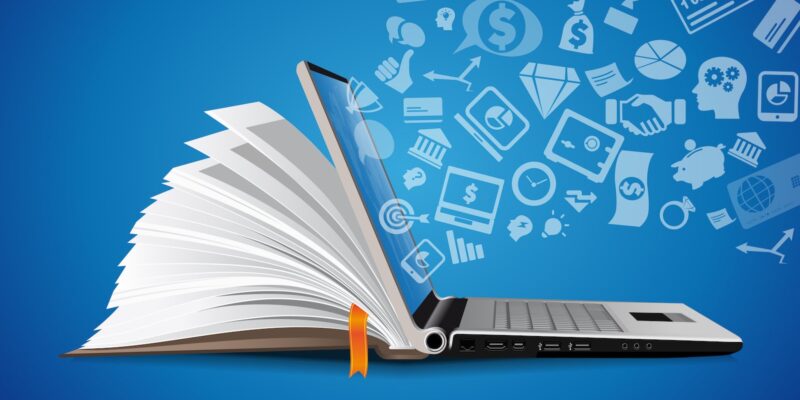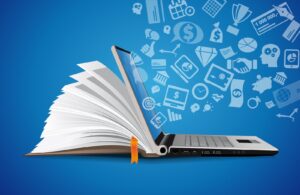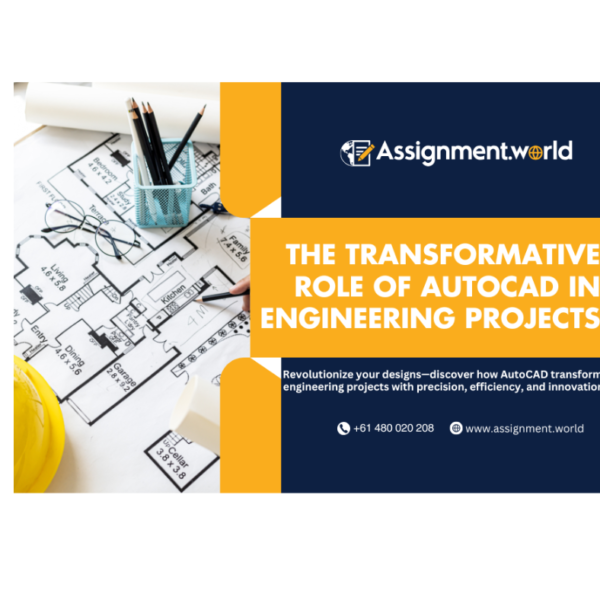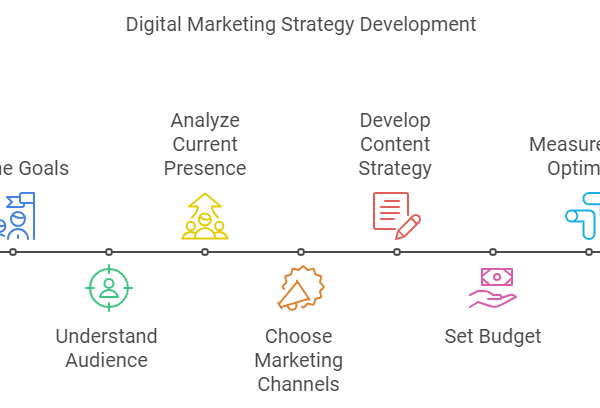
The world has witnessed the global transformation in digitalization and the one thing that is most impacted is learning approaches. A huge number of people are now shifted to digital learning. As per Forbes, till 2025, the elearning market will be expected to reach $325 Billion.
With a world rapidly shifting towards a more digitized future, learning is changing fast. Leading the charge are The barriers of traditional schooling have vanished with the aid of digital tools. This has paved the way to more accessible, flexible, and personalized options for learning by people and organizations.

The 4Ps of Corporate e-Learning Transformation
| PLATFORM | PEOPLE | PROJECT | PROCESS |
| Learning management system: Central access point to course and learner management and progress tracking. | Learners: The end-users of e learning platform development who will possess their own needs and preferences. | Scope and Objectives: Clearly defined, having tangible, keen Intended projects with some budget limits. | Content Creation, Review, and Delivery Process: Efficient processes through which content is created, reviewed, and delivered. |
| Authoring tool: Enabling and creating engaging and rich content materials. | Subject-Matter Expert: The content expert supplying content knowledge along the course development. | Content Development: Designs engaging and effective learning materials evidence-based on needs. | Quality Assurance: Ensuring that learning materials are accurate, relevant, and effective. |
| Content delivery network: To distribute content over different geographies with utmost efficacy. | Instruction Designer: Designs the most effective learning experience, aligning it with organizational objectives. Also, supply technical assistance and help run the e-Learning platform. | Implementation & Evaluation: Putting learning management systems into use and making them available for learners. Establish the impact of e-Learning and whether any modifications need to be worked upon. | Continuous Improvement: Continually reviewing the whole e-Learning program and modifying it according to the changing needs. |
Key Trends Transforming Corporate eLearning Platforms
So, what is driving this eLearning revolution? These are some trends that stand out:
Mobile Learning (mLearning)
With the arrival of smartphones and tablets in almost all aspects of our daily lives, it is no surprise that mobile learning is taking the lead in eLearning these days. m-Learning grants the best flexibility to learners in their access to content.
Microlearning
There were long lessons, littered with pages of text. Microlearning, in flashes of focused input, is designed to appeal against failing attention and just-in-time learning.
Gamification
Gamification is the dimension of e learning platform development wherein elements of gaming such as points, a leaderboard, and rewards are incorporated to spark renewed interest in learning. This approach promotes participation and taps into an internal type of motivation. In corporate training environments, this is particularly useful; course completion levels rise, and retention is also said to be better.
Course Marketplace
An electronic clearinghouse for course programming, extending accessibility across a spectrum of educational possibilities and needs spanning from learners outside mainstream education, all the way through upskilling, reskilling, and generally discovering new passions.
AI-Driven Tutorial Platforms
These corporate elearning platforms adapt lessons based on learning behaviors or measure progress, forming a delicate web of algorithmic adaptation by which their native engines aim at getting uniquely appropriate and challenging content straight to the learner.
Facilities for Corporate Training
Taking off with digital transformation in organizations, training platforms have been embraced in accordance with the needs of the organization, majorly focusing on compliance, onboarding, professional development, and skills training.
Technologies for the Future
Technologies comprising the following will shape the next generation of e learning platform development:
Blockchain: Blockchain technology promises to reform credentialing through secure storage of academic records and verification of course completion or transcripts.
Artificial Intelligence: AI can help design learner-specific pathways that change dynamically as learners learn.
5G Technology: 5G will become common, with faster data transmission and lower latency, enabling better video learning, use of VR and AR, and live streaming of lectures and events.
Internet of Things (IoT): IoT will connect physical and digital learning spaces. For example, smart classrooms equipped with IoT devices will provide real-time data on learner engagement and effectiveness, which can lead to responsive teaching strategies.
Big Data and Predictive Analytics: Longitudinal analysis of learner big data can predict learner needs, optimize content, and prevent dropouts.
visit blog: https://emperiortech.com/
Final Words
Its now reformed eLearning platform bears testament to how technology is redesigning the world of learning. It is an era of mobile-friendly content, AI-driven personalization, and impossibly immersive VR experiences. As these platforms continue to evolve, they will take on increasingly key roles in equipping individuals with the knowledge and skills necessary to thrive in this new, ever-changing world.











